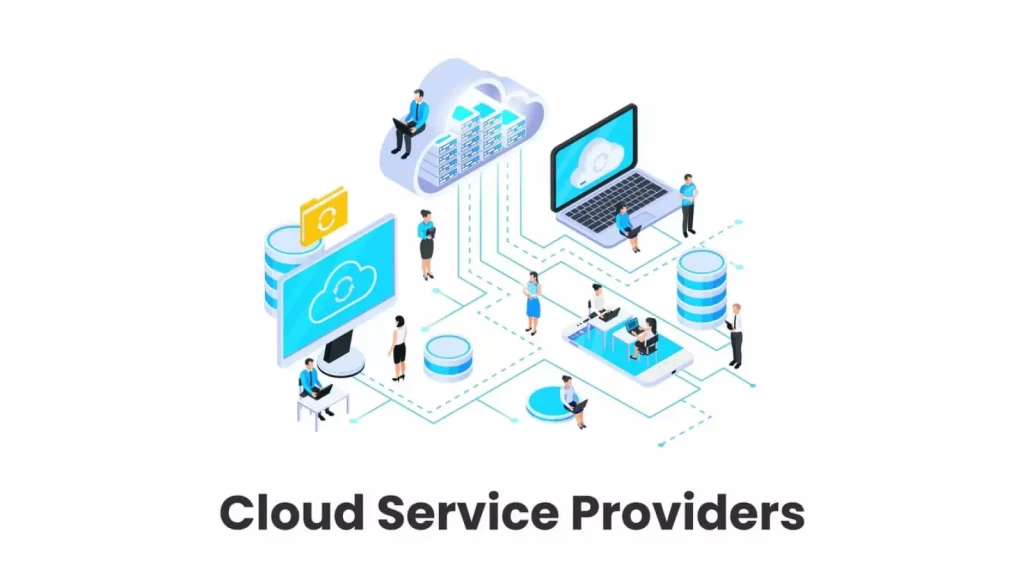Choosing the right cloud service provider (CSP) is a crucial decision for any organization that wants to leverage the benefits of cloud computing. With a wide array of CSPs offering a diverse range of services, selecting the most suitable one for your specific needs can be a daunting task. Here’s a comprehensive guide to help you navigate the process of choosing the right cloud service provider:

1. Define Your Requirements:
Before embarking on the CSP selection process, it’s essential to clearly define your organization’s cloud computing needs. This includes understanding the types of workloads you intend to run on the cloud, the required storage and compute resources, any specific security or compliance requirements, and your desired level of scalability and flexibility.
2. Evaluate CSP Offerings:
Once you have a clear understanding of your requirements, start evaluating the offerings of different CSPs. Research their core services, including Infrastructure as a Service (IaaS), Platform as a Service (PaaS), and Software as a Service (SaaS). Assess their performance, scalability, security features, and compliance certifications.
3. Consider Service Availability and Reliability:
Uptime and reliability are critical factors for any cloud-based solution. Evaluate the CSP’s track record of uptime, their disaster recovery plans, and their ability to handle unexpected spikes in traffic or outages. Ensure they have multiple data centers located in strategic regions to minimize latency and maximize availability.
4. Assess Security and Compliance:
Data security and compliance are paramount concerns when choosing a CSP. Evaluate the CSP’s security measures, including data encryption, access controls, intrusion detection and prevention systems, and incident response capabilities. Ensure they adhere to relevant industry regulations and compliance standards, such as HIPAA, PCI DSS, and SOC 2.
5. Evaluate Pricing and Cost Optimization:
CSPs offer a variety of pricing models, including pay-as-you-go, reserved instances, and subscription plans. Carefully evaluate the pricing structure of each CSP and compare it to your budget and usage projections. Consider using cloud cost optimization tools to identify potential savings opportunities.
6. Assess Customer Support and Training:
Effective customer support is crucial for resolving issues and ensuring a smooth cloud experience. Evaluate the CSP’s customer support options, including response times, support channels (phone, email, chat), and their ability to resolve technical issues efficiently. Consider the availability of training resources and documentation to help your IT team onboard and manage the cloud infrastructure.
7. Conduct Proof-of-Concept (PoC) Testing:
Before making a final decision, consider conducting a proof-of-concept (PoC) test with your chosen CSP. This will allow you to evaluate their services in a real-world environment and assess their suitability for your specific needs.
8. Consider Long-term Partnership:
Cloud computing is a long-term investment, so it’s important to consider building a long-term partnership with the CSP you choose. Evaluate their company culture, their commitment to innovation, and their roadmap for future enhancements.
Remember, the right cloud service provider can empower your organization to achieve its business goals, drive innovation, and enhance agility. By carefully evaluating your requirements, assessing CSP offerings, and considering these key factors, you can make an informed decision that will benefit your organization for years to come.









No Comments
Leave a comment Cancel